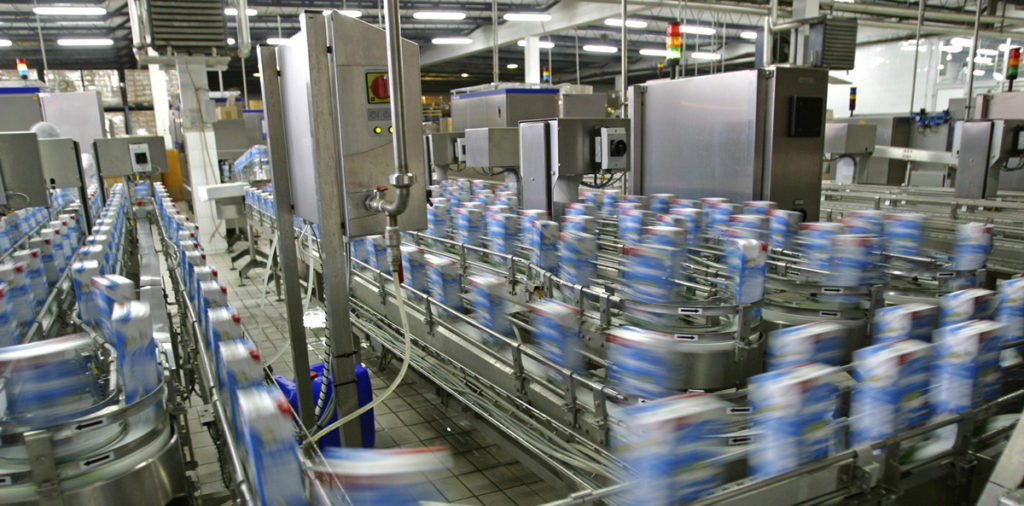In response to the industry skills shortage and high output demands, manufacturers are increasingly turning to automation. In part one of our series on automation and the manufacturing job market, we covered reasons behind the skills shortage. Here, we explore the potential advantages in mitigating those shortages through automation.
Automation benefits
While full automation is available in relatively few industries, at least a third of tasks in 60% of the world’s jobs could be automated, leading to potentially impressive advantages.
- Produce more. Automation can make it easier for manufacturing leaders to scale and adjust production to fit varying levels of demand. It can be difficult to shift from a three-shift schedule to a one-shift schedule with employees, but with robots and machines, the process can be relatively effortless.
- Increase quality and productivity. When workers perform repetitive tasks repeatedly, they can get tired and lose focus. Employees’ mental fatigue can then cause quality and productivity to suffer. Robots, on the other hand, are purpose-built to do repetitive work without any decline in quality or productivity.
- Collect and analyze data easier. Integrated software allows manufacturers to collect, store, and analyze nearly all metrics as they’re working. Some machines have easy-to-read data display screens that make data instantly accessible in real time. This allows them to address errors or discrepancies before they become larger problems and, often, predict issues before they even occur.
In these ways, automation could revolutionize the industry, allowing manufacturers to increase output with fewer workers and lower associated labor costs. This, combined with increased product quality, could help make companies more competitive — especially when compared to the plethora of low-quality, overseas products available. It can also be an opportunity for workers to move away from repetitive assembly line-type work into more desirable, often higher-paying positions requiring more technical skills.
For example, Machine Inc. in Stoughton, Massachusetts, has more machines than human workers, and the owner says automation is what allows the company to stay competitive. That competition, in turn, allows the company founder to add more machines — and hire more skilled manufacturers necessary to run them. Like a vicious cycle, however, finding those skilled workers becomes an issue for many manufacturers as so few are available.
Stay tuned for part three of our series on manufacturing automation and the job market, in which we’ll touch on methods manufacturers are using to find skilled workers. You’ll also find details on the cost savings automation can offer and tips on where to start.
